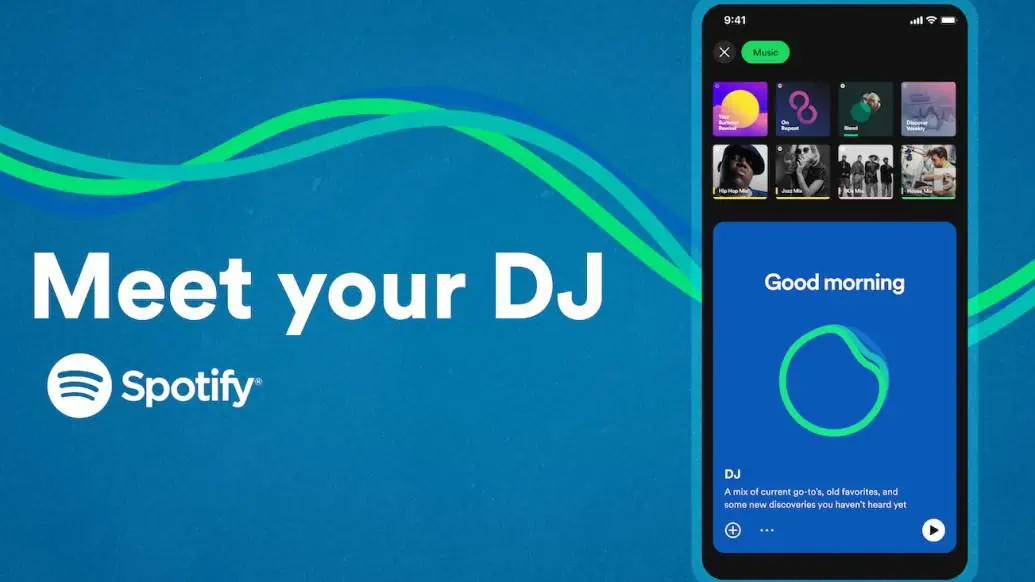How to build a music website
Building a music website is a great way to showcase your music, connect with your audience, and promote your brand as a musician. Here are the steps to create a music website:
- Define Your Goals and Purpose:
- Determine the primary goals of your website, such as promoting your music, connecting with fans, selling merchandise, or booking gigs.
- Decide on the overall theme and style of your website, which should reflect your music and personal brand.
- Choose a Domain Name and Hosting:
- Select a memorable and relevant domain name (e.g., www.yourbandname.com) that represents you or your band.
- Choose a reliable web hosting provider that offers the features and bandwidth you need for your website. Some popular hosting options include Bluehost, SiteGround, and HostGator.
- Select a Website Building Platform:
- There are several website builders that make it easy to create a music website, even if you have no coding experience. Some popular options include:
- WordPress: A versatile platform with numerous music-related themes and plugins.
- Wix: Offers user-friendly drag-and-drop website building tools.
- Squarespace: Provides elegant templates and a straightforward website builder.
- Choose a platform that suits your needs and preferences.
- There are several website builders that make it easy to create a music website, even if you have no coding experience. Some popular options include:
- Design Your Website:
- Customize your website’s design by selecting a music-oriented template or theme. Many platforms offer themes designed specifically for musicians.
- Add your branding elements, such as your logo, color scheme, and images.
- Create Pages:
- Essential pages for a music website may include:
- Home: Introduce yourself or your band.
- About: Share your backstory, influences, and mission.
- Music: Showcase your songs, albums, and music videos.
- Tour/Events: List upcoming shows and events.
- Blog: Share news, updates, and behind-the-scenes content.
- Merchandise: If you sell merch, create an online store page.
- Contact: Provide contact information or a contact form for inquiries.
- Essential pages for a music website may include:
- Add Content:
- Upload your music, including audio files or links to streaming platforms like Spotify or SoundCloud.
- Create engaging content, such as blog posts, photo galleries, and videos.
- Optimize your content for search engines (SEO) to improve your website’s discoverability.
- Incorporate Multimedia:
- Include high-quality images, videos, and album artwork.
- Use a music player to allow visitors to listen to your tracks while browsing your site.
- Integrate Social Media:
- Add social media icons and links to your profiles so fans can easily follow you on platforms like Instagram, Facebook, and Twitter.
- Promote and Optimize:
- Share your website link on your social media profiles and in promotional materials.
- Regularly update your website with new content, including news, tour dates, and music releases.
- Monitor your website’s performance using analytics tools to identify areas for improvement.
- Test and Launch:
- Before launching, thoroughly test your website to ensure all links, images, and features work as intended.
- Once you’re satisfied with the site, make it live and announce it to your fans.
Remember that your music website is a reflection of your brand, so make sure it showcases your music and personality effectively. Keep it user-friendly, mobile-responsive, and easy to navigate for your fans and potential collaborators.



